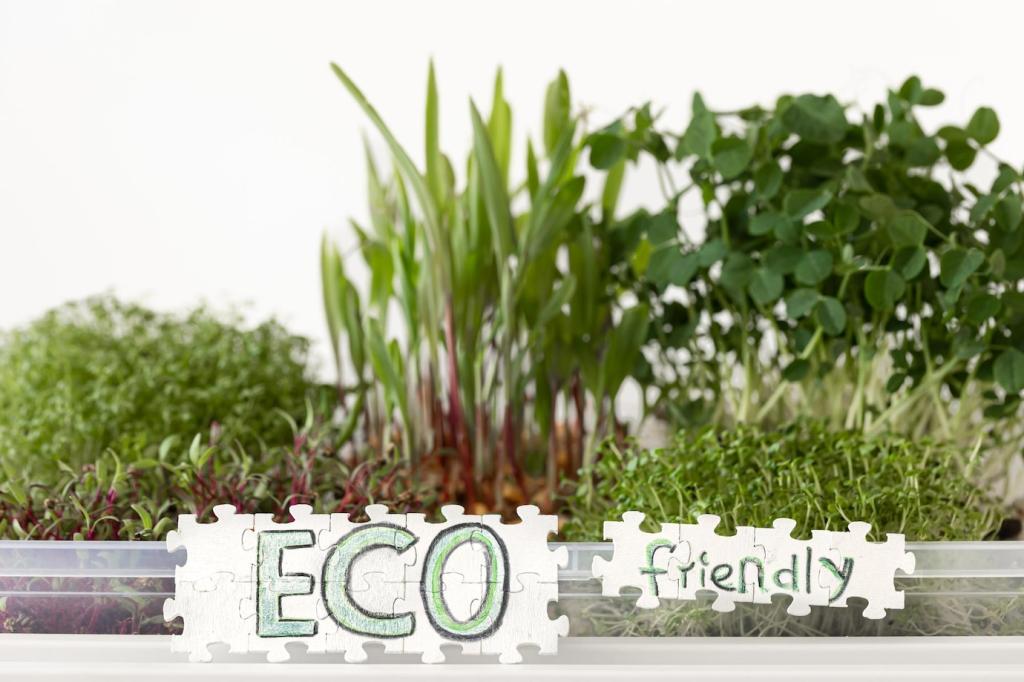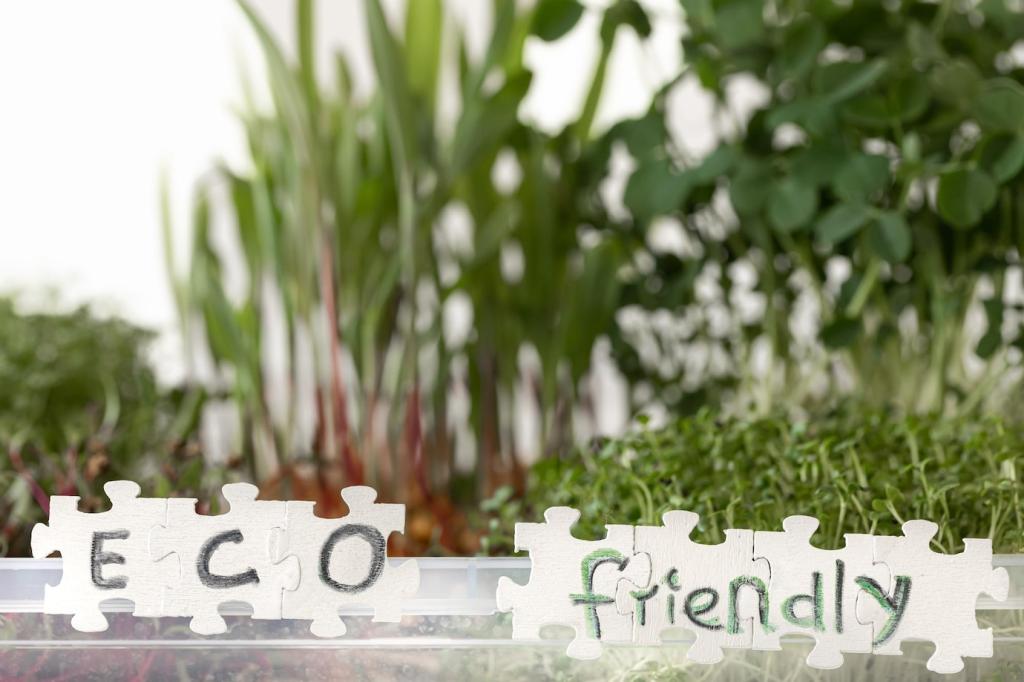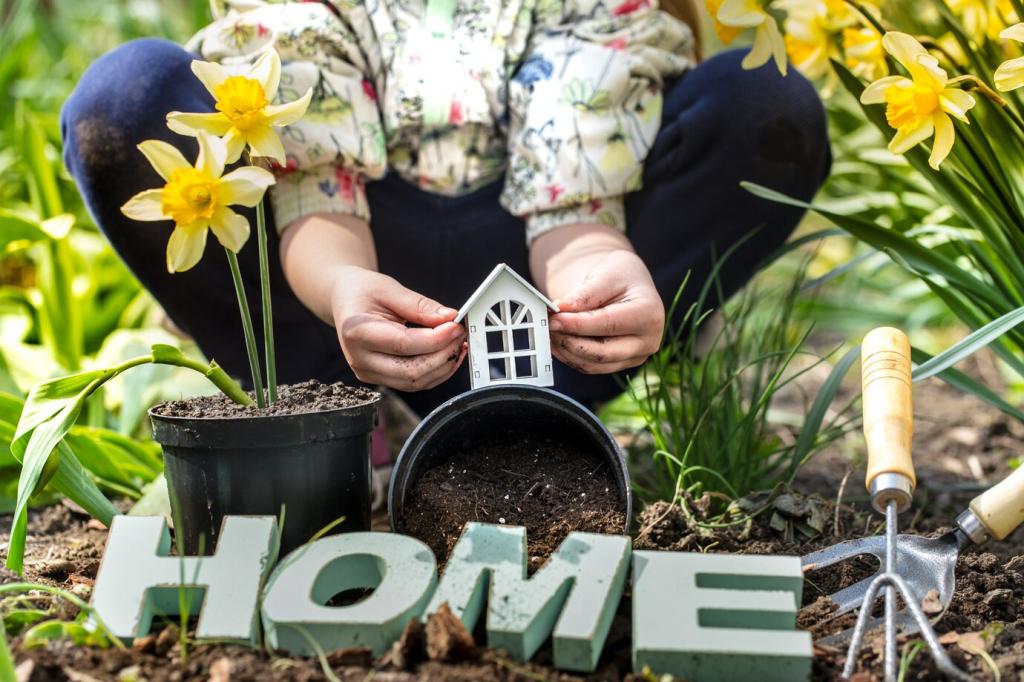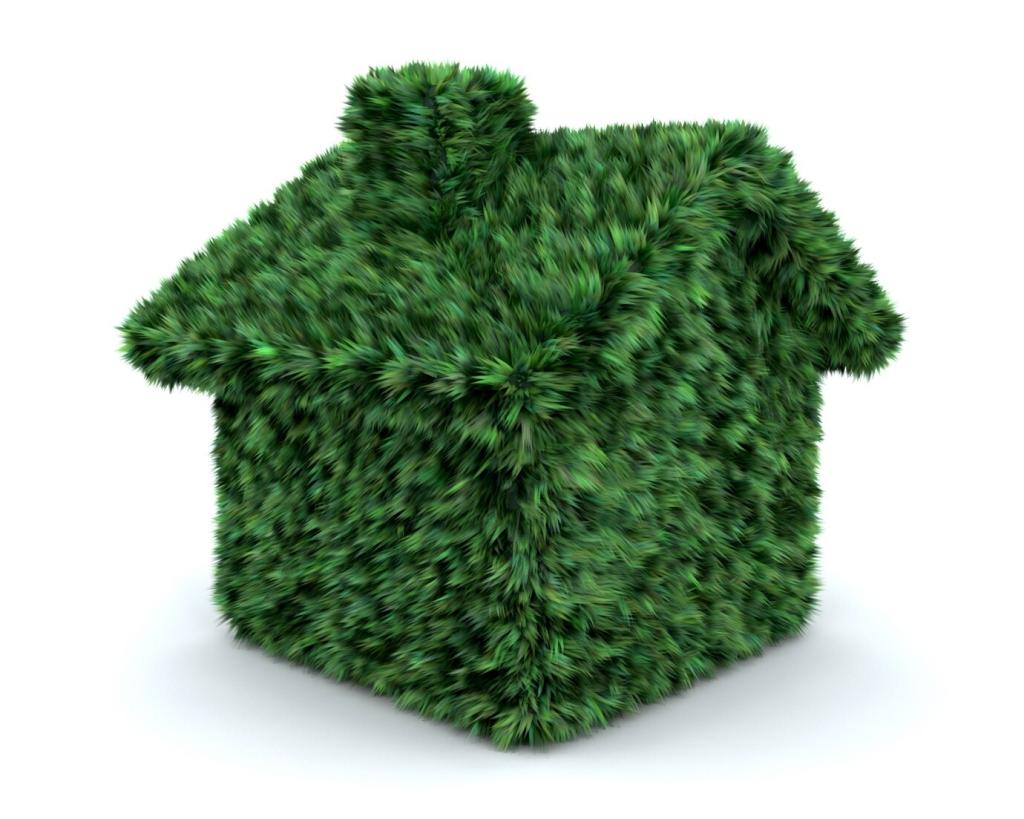Case Study: A 1962 Lounge Chair, Reimagined Sustainably
We found a 1962 lounge chair with tired foam but a solid frame. We saved the teak arms, retied springs, and mapped a plan around deadstock olive wool. A neighbor shared memories of her father reading in an identical chair. Share your curbside rescues and we’ll help craft eco-first plans.
Case Study: A 1962 Lounge Chair, Reimagined Sustainably
Natural latex cushions, wool batting, jute webbing, and water-based adhesives replaced petro-heavy components. Refinished wood with plant oil and wax. Post-project VOC readings dropped noticeably compared to a spray-foam baseline. Want our calculation worksheet to estimate carbon saved versus new furniture? Subscribe and we’ll send the template.










